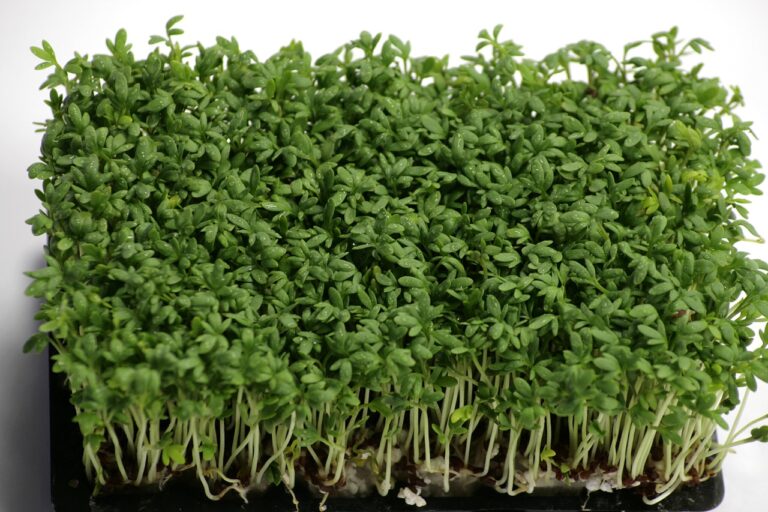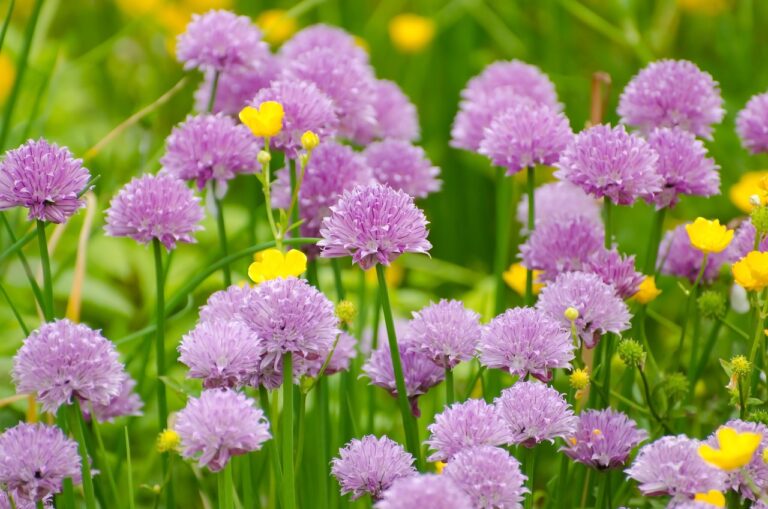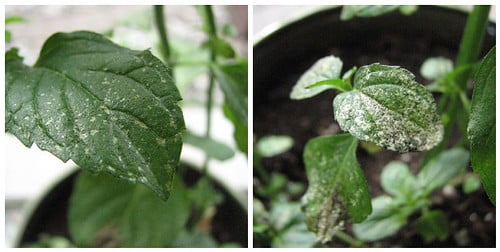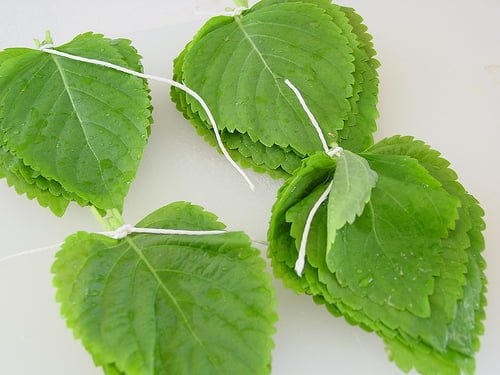Tarragon
Are you curious about the wonders of tarragon? Get ready to discover the delightful taste and numerous benefits of this herb. With its distinct anise-like flavor, tarragon adds a touch of sophistication to your culinary creations. Not only does it complement a wide variety of dishes, but it also boasts medicinal properties that can aid digestion and promote overall well-being. Whether you're a seasoned chef or an aspiring home cook, tarragon is sure to become your new go-to herb.
Botanical Information
In the article about tarragon, let's dive into its Botanical Information, starting with its scientific classification and physical characteristics. Tarragon, scientifically known as Artemisia dracunculus, is a perennial herb that belongs to the Asteraceae family. It is characterized by its slender, green leaves and small, yellow flowers that bloom in the summer months. Tarragon is native to Eurasia and has been cultivated for centuries due to its numerous health benefits and traditional uses. This herb is rich in vitamins, minerals, and antioxidants, which contribute to its medicinal properties. It is believed to aid digestion, relieve menstrual pain, and reduce inflammation. Tarragon has also been used in traditional medicine to treat toothaches, insomnia, and even snake bites. Its distinctive flavor and aroma make it a popular ingredient in culinary dishes, particularly in French cuisine. So, whether you're looking to boost your health or add a unique taste to your meals, tarragon is definitely worth considering.
Key Characteristics
To understand the key characteristics of tarragon, consider its distinctive taste and aroma that set it apart from other herbs. Tarragon has a unique flavor profile that is often described as sweet, with hints of licorice and a slight bitterness. Its aroma is intense and herbal, adding depth and complexity to any dish. Tarragon is widely used in culinary recipes, particularly in French cuisine, where it is a staple herb. Its versatility allows it to complement a variety of dishes, including poultry, seafood, and vegetables. Tarragon is also a key ingredient in béarnaise sauce, adding a rich and tangy element. Its bold and vibrant taste makes it a favorite among chefs and home cooks alike, adding a touch of elegance to any meal.
Culinary Uses
You can incorporate tarragon into your culinary creations to enhance the flavors of various dishes. Tarragon offers a unique and distinct flavor profile, characterized by its delicate anise-like taste with hints of sweetness and bitterness. This herb pairs well with fish, poultry, vegetables, and even eggs, adding a refreshing and aromatic touch to your meals. One popular cooking technique is to infuse tarragon into vinegar or oils, creating flavorful dressings or marinades. Another way to enjoy tarragon is by using it as a seasoning in sauces, soups, and stews. Its bright and herbaceous notes can elevate the taste of classic French dishes like béarnaise sauce or chicken tarragon. So why not experiment with tarragon's versatility and bring a burst of flavor to your next culinary masterpiece?
Medicinal Properties
Enhancing the discussion on the culinary uses of tarragon, let's explore its medicinal properties to discover the potential health benefits this herb can offer. Tarragon has been used for centuries in traditional remedies due to its various healing properties. It is known to have antibacterial and antifungal effects, which can help in fighting off infections. Additionally, tarragon contains compounds that possess anti-inflammatory properties, making it beneficial for reducing inflammation in the body. This herb is also believed to aid digestion by stimulating the production of digestive enzymes, which can improve overall gut health. Furthermore, tarragon is rich in antioxidants that can protect the body against oxidative stress and support a healthy immune system. Incorporating tarragon into your diet can provide you with these health benefits and add a flavorful twist to your meals.
Cultivation and Growing Conditions
Tarragon's cultivation and growing conditions require specific care to ensure optimal growth and yield. When it comes to soil requirements, tarragon prefers well-draining soil that is rich in organic matter. Before planting, amend the soil with compost or well-rotted manure to improve its fertility. Tarragon also thrives in full sun, so choose a location that receives at least six to eight hours of direct sunlight each day. As for watering needs, tarragon prefers to be kept consistently moist but not waterlogged. Water deeply once or twice a week, depending on weather conditions and soil moisture levels. Avoid overhead watering to prevent foliar diseases. By providing the right soil conditions and proper watering, you can ensure that your tarragon plants grow healthy and produce abundant flavorful leaves.
Propagation
To propagate tarragon, it is important to ensure successful reproduction of the plant. There are various propagation techniques that you can use to grow new tarragon plants. One common method is by dividing the plant. Simply dig up the mature tarragon clump and separate it into smaller sections, making sure that each division has some roots attached. Another technique is by taking stem cuttings. Choose healthy, non-flowering stems and cut them into 4-6 inch pieces. Remove the lower leaves and place the cuttings in a pot filled with moist soil. Keep the soil consistently moist and within a few weeks, roots should start to form.
Propagation challenges may arise when trying to grow tarragon from seeds. Tarragon seeds are often difficult to germinate, and the resulting plants may not have the same flavor as the parent plant. Therefore, it is generally recommended to propagate tarragon through division or cuttings to ensure the best results. By employing these propagation techniques, you can successfully multiply your tarragon plants and ensure a bountiful supply of this aromatic herb.
Planting and Care
Once you have successfully propagated your tarragon plants, it is important to understand the proper planting and care techniques to ensure their growth and health. When it comes to planting, choose a location that receives full sun and has well-drained soil. Tarragon prefers slightly acidic soil, so adding organic matter like compost can help improve its growth. Plant the tarragon in a hole that is twice as wide and deep as the root ball, and gently firm the soil around the plant. Water the tarragon thoroughly after planting and continue to water it regularly, keeping the soil evenly moist but not waterlogged. As for care, remember to trim the plant regularly to prevent it from becoming leggy. Common mistakes include overwatering or underwatering, both of which can lead to root rot or drying out of the plant. Additionally, avoid using chemical fertilizers, as tarragon prefers a more natural approach. By following these planting tips and avoiding common mistakes, you can ensure the health and productivity of your tarragon plants.
Harvesting
After successfully planting and caring for your tarragon plants, it is now time to harvest the flavorful leaves. Harvesting techniques for tarragon are simple and straightforward. To begin, choose a dry and sunny day to harvest. Using a sharp pair of shears, cut the stems about two to three inches above the ground. This will encourage new growth. Be sure to cut only the amount you need, leaving the rest of the plant intact. Tarragon leaves have the best flavor when they are young and tender, so it is recommended to harvest them before they flower. Tarragon is a perennial herb, meaning it will come back year after year. However, its seasonal availability is in the spring and summer months when the leaves are most abundant and flavorful. So, make the most of your tarragon harvest during these seasons and enjoy its vibrant flavor in your dishes.
Companion Planting
When planting tarragon, it is important to consider companion planting as a way to maximize the health and productivity of your garden. Companion planting is the practice of strategically planting different crops together to create a mutually beneficial environment. One of the benefits of companion planting is that it can help deter pests and diseases. For example, planting tarragon alongside tomatoes can help repel pests like aphids and hornworms. Additionally, tarragon can enhance the flavor of certain vegetables when planted nearby. For instance, planting tarragon near beans can improve their taste. Other successful companion planting combinations for tarragon include planting it with strawberries, chives, and marjoram. By incorporating companion planting techniques, you can create a thriving garden that not only looks beautiful but also yields healthy and delicious crops.
Pests and Diseases
To ensure the health and productivity of your tarragon plants, it is crucial to address the potential pests and diseases that can affect them. Pest management and disease prevention are essential for keeping your tarragon plants thriving. One common pest that can infest tarragon is the aphid. These tiny insects can suck the sap from the leaves, causing them to curl and turn yellow. To manage aphids, you can introduce natural predators like ladybugs or use insecticidal soap. Another threat to your tarragon plants is fungal diseases such as powdery mildew. This can be prevented by ensuring good airflow around the plants and avoiding overhead watering. Regularly inspect your tarragon plants for any signs of pests or diseases and take immediate action to protect them.
Cultural Significance
To appreciate the cultural significance of tarragon, it is important to understand its historical origins and culinary uses. Tarragon has been a part of cultural traditions in various countries for centuries. In French cuisine, it is considered one of the four fines herbes, along with parsley, chives, and chervil. It is used to flavor sauces, dressings, and soups, adding a unique and delicate taste. In Russian cuisine, tarragon is a key ingredient in the famous sauce called "sauce béarnaise," which is often served with meat dishes. Symbolically, tarragon is associated with passion, healing, and protection. It is believed to bring good luck and ward off evil spirits. In some cultures, tarragon is even used in rituals and ceremonies. Its cultural significance extends beyond its culinary uses, making it a cherished herb in many traditions.
Frequently Asked Questions
Can Tarragon Be Used as a Natural Remedy for Toothache?
Yes, tarragon can be used as a natural remedy for toothache. It is known for its pain-relieving properties and is considered one of the alternative remedies for toothache.
What Are Some Popular Tarragon Varieties Used in French Cuisine?
Popular tarragon varieties used in French cuisine include French tarragon, Russian tarragon, and Mexican tarragon. Growing tarragon indoors in pots is a practical way to have fresh herbs readily available for cooking.
Is Tarragon Safe to Consume During Pregnancy?
During pregnancy, it's important to be cautious about consuming tarragon. While it adds flavor to dishes, there are potential risks to fetal development. It's best to consult with a healthcare professional for guidance.
Can Tarragon Be Grown Indoors in Pots?
Yes, you can definitely grow tarragon indoors in pots! It is a great way to have fresh herbs right at your fingertips. Just make sure to provide it with plenty of sunlight and well-drained soil. Happy tarragon pot cultivation!
How Does Tarragon Contribute to the Health Benefits of Herbal Teas?
Tarragon contributes to the health benefits of herbal teas by improving digestion and managing stress and anxiety. It's a practical and knowledgeable choice for those seeking to serve others through the power of herbal remedies.
Conclusion
In conclusion, tarragon is a versatile herb that has both culinary and medicinal properties. Its distinct anise-like flavor adds a unique touch to various dishes, making it a favorite among chefs and home cooks alike. With its ability to aid digestion and provide relief from toothaches, tarragon also offers health benefits. Growing tarragon is relatively easy, as it thrives in well-drained soil and requires minimal maintenance. Whether used in cooking or for its healing properties, tarragon is a valuable addition to any garden or kitchen.




